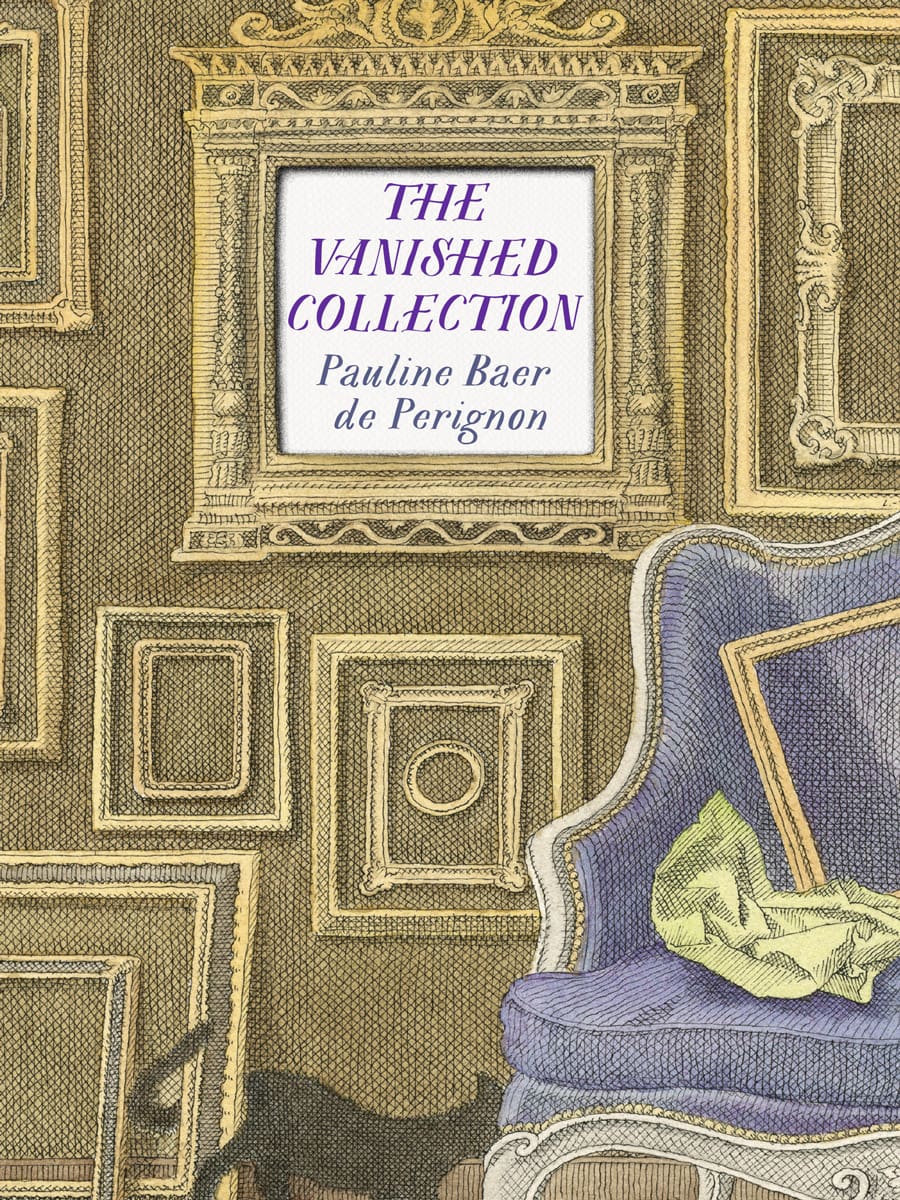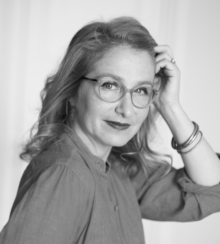
Cover art by Pierre Le-Tan
It all started with a list of paintings. There, scribbled by a cousin she hadn’t seen for years, were the names of the masters whose works once belonged to her great-grandfather, Jules Strauss: Renoir, Monet, Degas, Tiepolo, and more. Pauline Baer de Perignon knew little to nothing about Strauss, or about his vanished, precious art collection. But the list drove her on a frenzied trail of research in the archives of the Louvre and the Dresden museums, through Gestapo records, and to consult with Nobel laureate Patrick Modiano. What happened in 1942? And what became of the collection after Nazis seized her great-grandparents’ elegant Parisian apartment? The quest takes Pauline Baer de Perignon from the Occupation of France to the present day as she breaks the silence around the wrenching experiences her family never fully transmitted, and asks what art itself is capable of conveying over time.
Watch a video of author Pauline Baer de Perignon telling experts at Sotheby’s auction house how she obtained the restitution of a valuable French masterpiece plundered from her great-grandfather and that later hung for decades in a museum in Dresden, Germany. Click here to view.
Excerpt from The Vanished Collection
If I close my eyes, I see walls hung with paintings. Portraits of lords and ladies of the 18th-century court rub shoulders with Degas’s dancers, Monet’s glowing landscapes, Sisley’s snow-covered gardens.
There’s a man standing there. He’s been waiting for me a long time.
His eyes are smiling behind his little round spectacles. His face looks familiar, though I’ve never met him before. He has the same narrow moustache as my father, and wears white spats over his shoes.
He welcomes me into his office, where he talks me through each painting, describing the grace of a ballerina doing up the ribbon of her slipper, or the celestial beauty of an umbrella pine silhouetted against a blue sky. His voice is filled with enthusiasm as he tells the story of each picture, who painted it, where he found it, what made him decide upon each one.
I listen with such awe that he invites me to follow him, and escorts me to his apartment, through a vast gallery filled with objets d’art, bronze sculptures and terracotta figures. It’s dizzying, I can’t take it all in. Then he turns, snatches up the fedora perched on the terracotta head of a comely young girl, and takes my arm. His wife calls out some words to him from afar, but he doesn’t reply.
We step over three cairn terriers that the housekeeper has taken out for a walk and, laughing, run down the five flights of stairs of this beautiful Haussmann building on Avenue Foch.
Outside the chauffeur is waiting for him at the wheel of a sedan. Jules smiles at him but doesn’t stop. The stone eagle carved into the façade of the building eyes us as we walk away down the side alley.
Jules lights a cigarette with the tip of the one he’s just smoked. It’s spring, the birds are singing, the sun is shining, and the galleries await. Jacques Seligmann, Paul Rosenberg, the brothers Bernheim. Jules is warmly welcomed by friends, colleagues, dealers—all, like him, pioneers and lovers of impressionist art.
He looks like he’s simply idling, but nothing escapes him.
He takes my hand and places it on a painting. Delicately, with the tips of his fingers, he shows me how to lightly touch the canvas to appreciate its texture.
Time and again, I conjure up this impossible meeting with my great-grandfather.
For a long time, I knew nothing about him. In the drawing room of the apartment where I was born, an old, dust-covered book sat on the bookshelf. It had never once occurred to me to open the catalog of the “Private Sale, Jules Strauss Collection, 1932.” I’d pass it without even seeing it. I had no idea it contained images of the Impressionist paintings from my great-grandfather’s collection.
I could have asked my father to tell me about Jules Strauss, but I never did. My father died when I was twenty, before I was bold enough to ask him about the war, about his forebears, about his feelings.
On my aunt Nadine’s—my father’s sister’s—desk, in the apartment in which she has lived for over sixty years, sits a small black-and-white photograph of an old man, his melancholy expression concealed behind his round spectacles. He has neatly combed gray hair, and a flannel suit that hangs a little loose. How many times has she mentioned her grandfather, while I barely listened, her words like background music scarcely to be heeded?
Now all those people who might have been able to tell me things have died, and the questions I never got around to asking have disappeared with them.
And then one day, I have no idea why, quite out of the blue, the past suddenly resurfaced.
